 HAPPY FIFTH BIRTHDAY, Android! Yes, you read that right, yesterday Android turned five. For most of us, turning five normally means a cake, a party and your first day at school. In Android’s case it equated to lawsuits, accounting for a whopping 75 percent share of the smartphone market and a slew of increasingly sexy hardware. Not bad for a preschooler!
HAPPY FIFTH BIRTHDAY, Android! Yes, you read that right, yesterday Android turned five. For most of us, turning five normally means a cake, a party and your first day at school. In Android’s case it equated to lawsuits, accounting for a whopping 75 percent share of the smartphone market and a slew of increasingly sexy hardware. Not bad for a preschooler!
Our little green robot’s journey to intergalactic domination started in November 2007, when the newly formed Open Handset Alliance kicked off, announcing their smartphone OS, named Android.
Back in 2007, ‘dumb’ phones from Nokia and Ericsson and others were the norm, and the few of us who actually owned a smartphone (which was more often than not a brick with poor battery life powered by Symbian, Windows mobile or Palm OS) found that life at the bleeding edge of mobile phone tech involved lots of grumbling and clutching at a stylus.
One point that escaped the attention of many with the launch of Android, however, was that it came to market possessing a unique yet compelling advantage. Where most other smartphone operating systems required the handset makers pay a licensing fee to whichever software company made the OS, Android was an open-source operating system. This meant that handset makers could crank out smartphones and the OS cost zip. Without having to add licensing costs into the hardware sticker price, Android-powered smartphones suddenly became a whole lot more affordable than their non- Android counterparts
Such a compelling price advantage also had the added benefit of attracting a huge number of consumer electronics manufacturers, and before the open handset alliance could utter “these are not the droids you’re looking for”, 34 members had signed up.
The Open Handset Alliance initially gained a lot of media attention around the emergence of a Google phone (remember that back then, Google did little else beside operate the excellent search engine that is still the gold standard for online searches). Other companies included T-Mobile, HTC, Motorola and Qualcomm.
The G1 was pretty revolutionary stuff. Back then smartphones were bulky, ugly and worst of all, clunky to drive. Windows Mobile, Palm OS and Symbian all required styluses, and it wasn’t until the advent of the iPhone that the concept of using one’s finger to navigate, or that of an app store, really began to take hold (to later be copied by Google).
The rise and rise of the little green robot has not only been incredibly rapid, but it has has also caused a few casualties along the way. Microsoft are only now re-entering the mobile space that they owned a sizeable chunk of with Windows Mobile, while the once unassailable Nokia is practically down for the count.
The first Android phone off the starting block was launched amidst a massive amount of hype. Known as the T-Mobile G1 (branding was a tad under-hyped back then), it mightn’t have put a dent in Apple’s still unassailable iPhone, but it was nonetheless a solid start. Possessing a jutting chin, a fairly decent keyboard and the Android Market (now known as Google Play), the G1’s launch created a quite stir.
It wasn’t until HTC launched the HTC Desire and Motorola the Droid that Android really entered the mainstream, however. Since then we’ve seen a near endless stream of big name consumer electronics brands launching ever-increasingly sexy hardware, all backed by confectionery-branded Android releases, each one slicker than its predecessor. Other smartphone players, lacking the resources to combat the tide of little green robots, struggled to match the evolution of Android.
Along the way there’s been some big hits, and more controversially, misses, such as the legal dust up between Apple and Samsung, a move that pitted many an Android fan against Apple IOS supporters in what reminds me of the Ford Vs Holden arguments so frequently argued by bogans throughout Australasia.
Having hit primary school age, Android is showing no signs of slowing down, and its latest handset, the Nexus 4 has already been hailed as a design breakthrough. Slick design aside, the Nexus 4 is literally bulging with goodies – including Android 4.2 Jelly Bean – that has the rather nifty Photo Sphere app along with gesture typing. So what will the little green robot bring to the table when it hits college starting age? Cheers little green robot! PAT PILCHER

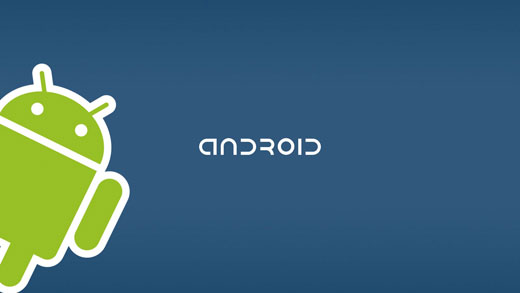


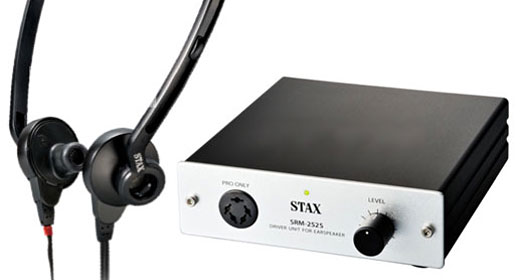
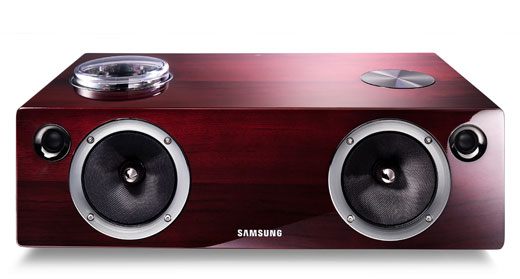


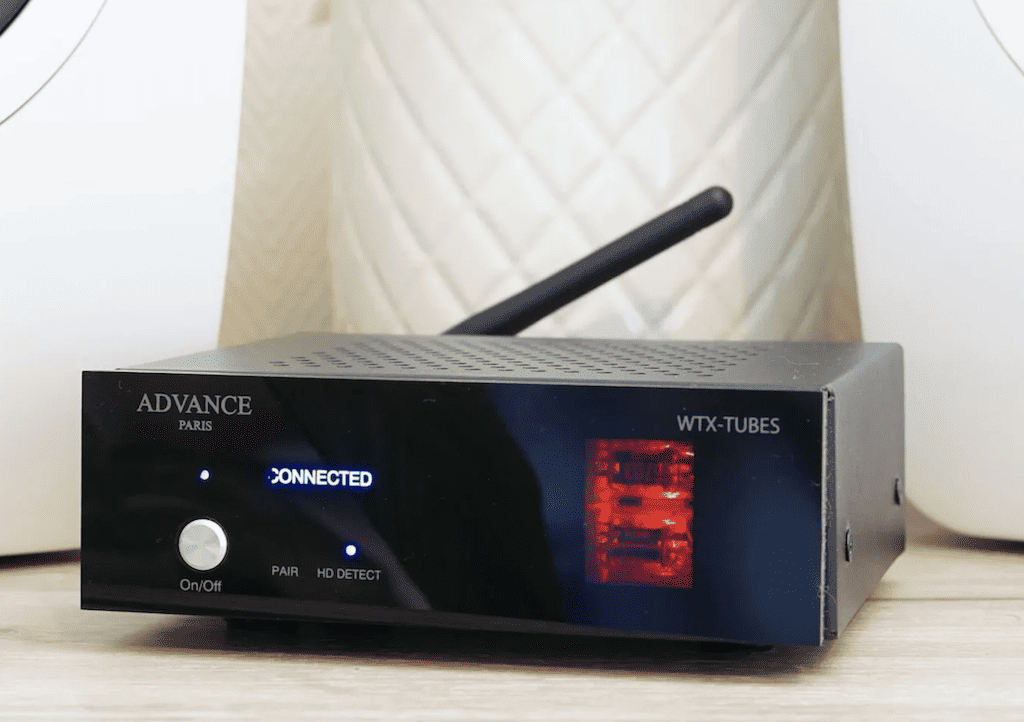

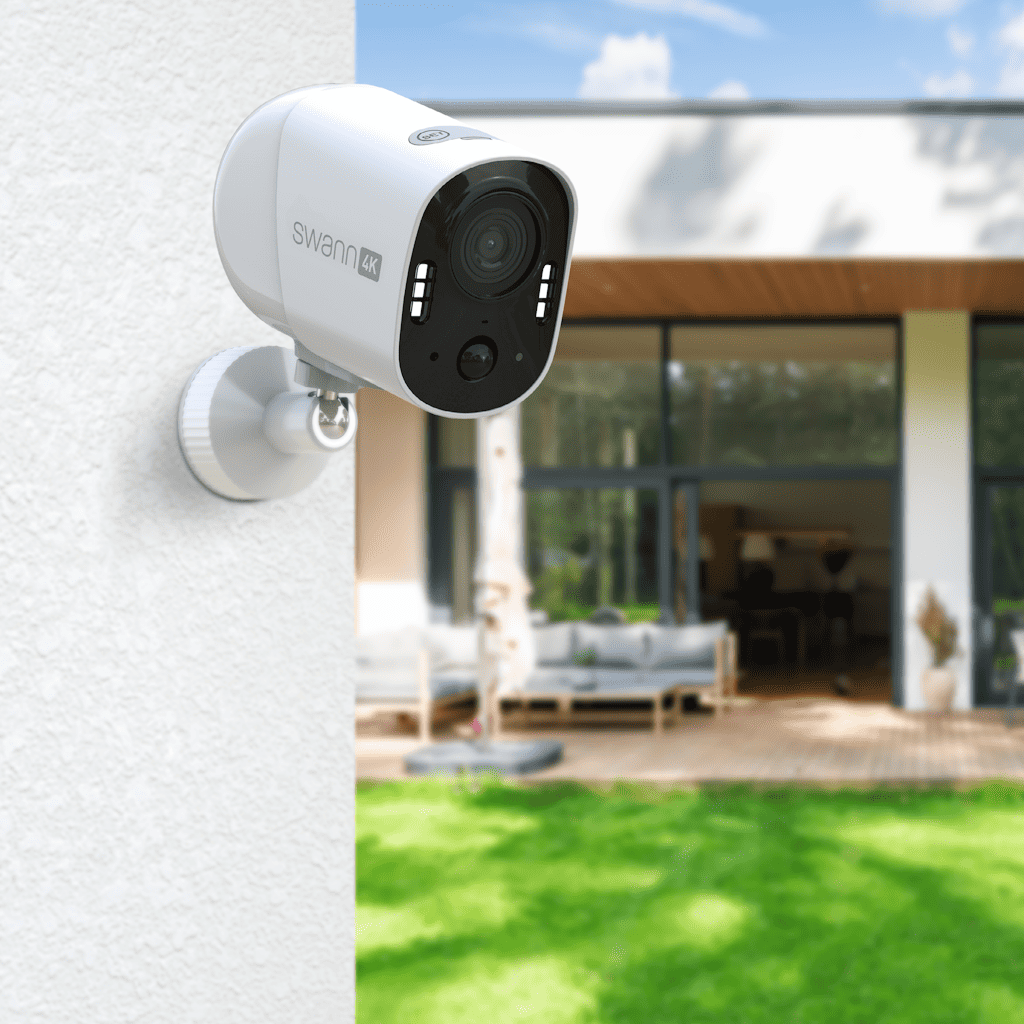

The Nexus 4 looks great! Here’s hoping it gets released in NZ on the 13th of Nov as it is in AUS. Half the price of the iPhone 5 (at a guess) but with all the mod-cons, I’m sold!
Live long and prosper, Android.
Are there any updates when will Nexus 4 be released in NZ? any site for pre-orders? Thanks…